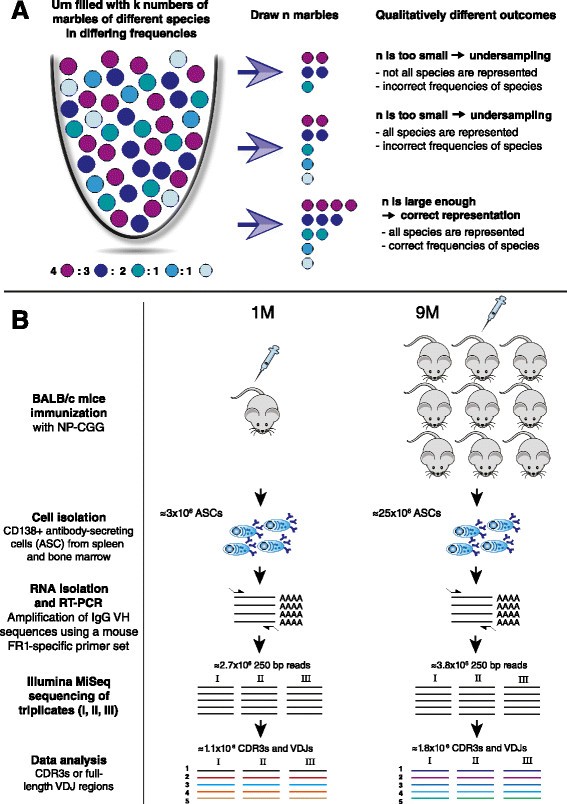
(2,7−11) Antibodies of most classes consist of a combination of two unique, paired, homologous polypeptides: the heavy chain and the light chain, each consisting of a series of the characteristic immunoglobulin (Ig) domains. The large diversity of antigens that antibodies can target comes from a complementary diversity of available antibody sequences and compositions. We demonstrate that Stitch assembles a comprehensive overview of the antibody sequences that are represented in the dataset and provides an important first step toward analyzing polyclonal antibodies and repertoire profiling. We demonstrate the use of Stitch by fully reconstructing two monoclonal antibody sequences with >98% accuracy (including I/L assignment) sequencing a Fab from patient serum isolated by reversed-phase liquid chromatography (LC) fractionation against a high background of homologous antibody sequences sequencing antibody light chains from the urine of multiple-myeloma patients and profiling the IgG repertoire in sera from patients hospitalized with COVID-19. In a step to meeting the challenge of mass spectrometry (MS)-based antibody sequencing, we present a fast and simple software tool (Stitch) to map proteomic short reads to user-defined templates with dedicated features for both monoclonal antibody sequencing and profiling of polyclonal antibody repertoires. Mass spectrometry-based methods offer an opportunity to bridge this gap between antibody repertoire profiling and bulk serological assays, as they can access antibody sequence information straight from the secreted polypeptide products. Next-generation cDNA sequencing methods have laid the foundation of our current understanding of the antibody repertoire, but these methods share one major limitation in that they target the antibody-producing B-cells, rather than the functional secreted product in bodily fluids. A full understanding of the antibody repertoire in health and disease therefore requires dedicated de novo sequencing methods. This is achieved by generating a complementary diversity of antibody sequences through somatic recombination and hypermutation.


Antibodies can target a vast molecular diversity of antigens.


 0 kommentar(er)
0 kommentar(er)
